

A dying tree near Cressman, California, left, and a air tanker fighting a fire in Los Angeles County, right.
An "unprecedented" die-off has killed at least 66 million trees in California since 2010 — including 26 million in just the last eight months — as extreme drought and bark beetle infestations grip the state.
The survey released Wednesday by U.S. Forest Service officials said the 26 million newly-identified dead trees are located in California's southern Sierra Nevada mountains.
"Tree dies-offs of this magnitude are unprecedented and increase the risk of catastrophic wildfires that puts property and lives at risk," Agriculture Secretary Tom Vilsack said in a statement.
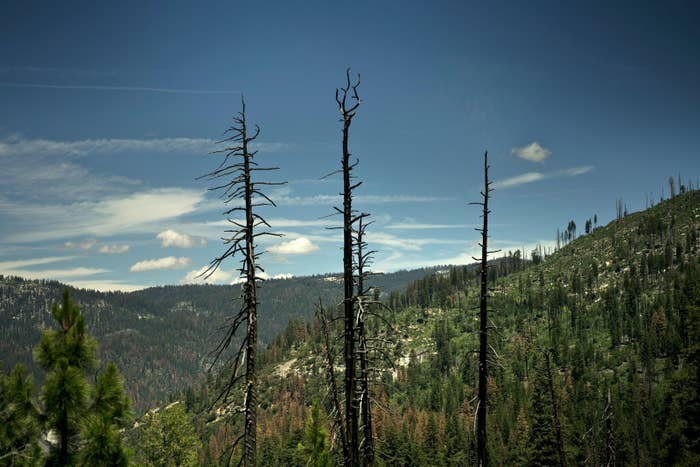
California is currently in its fifth consecutive year of drought, with 100% of the state experiencing some level of abnormal dryness. Despite a wet winter in Northern California, much of Southern California is suffering from the most extreme level of drought.
The Forest Service pointed to those conditions as the primary culprit in the mass tree die-off and identified "a dramatic rise in bark beetle infestation and warmer temperatures" as contributing factors.
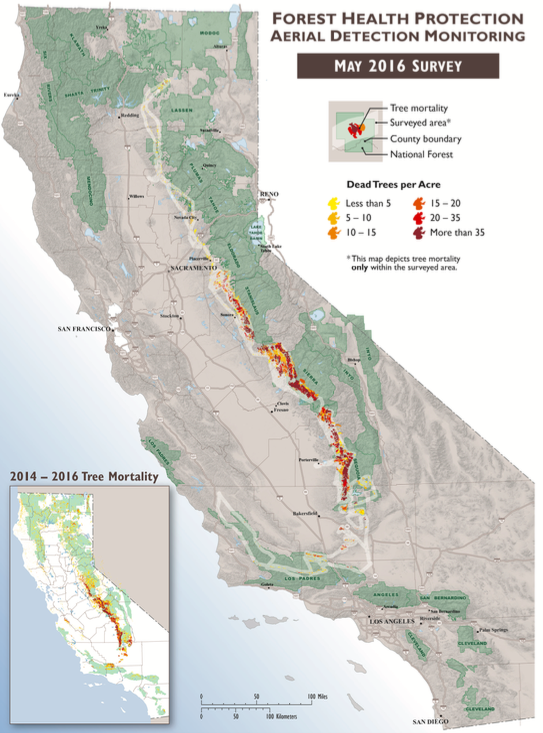
California has suffered droughts in the past, but the tree die-off this time around appears to be significantly more extensive. During a major drought in 1976 and 1977, for example, an estimated 14 million were killed, Forest Service spokesman Enrico Perkins told BuzzFeed News.
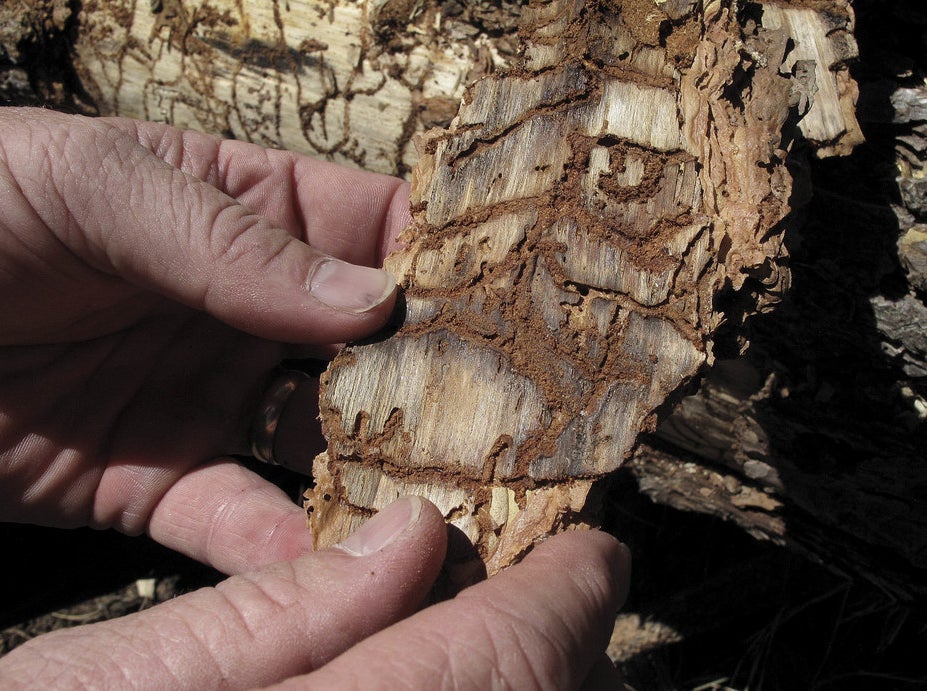

A piece of bark, left, shows the impact of an infestation of bark beetles, right.
Adrian Das, an ecologist with the U.S. Geological Survey, called the latest die-off "really large and astonishing."
"When you drive up the road, and especially at the lower elevations, there are hill sides that just at a glance looks like half the canopy is dead," Das said.
Das said bark beetles are always in the forest, but during drought conditions trees become weaker and more susceptible to attack. The beetles' numbers also proliferate, and the cycle continues.
"It’s not surprising that when you have a superlative drought going on you have superlative affects" he added.
Last year, California Gov. Jerry Brown declared an emergency after officials identified millions of dead trees.
"The sheer number of dead trees is hard to imagine," Cal Fire Chief Ken Pimlott said.
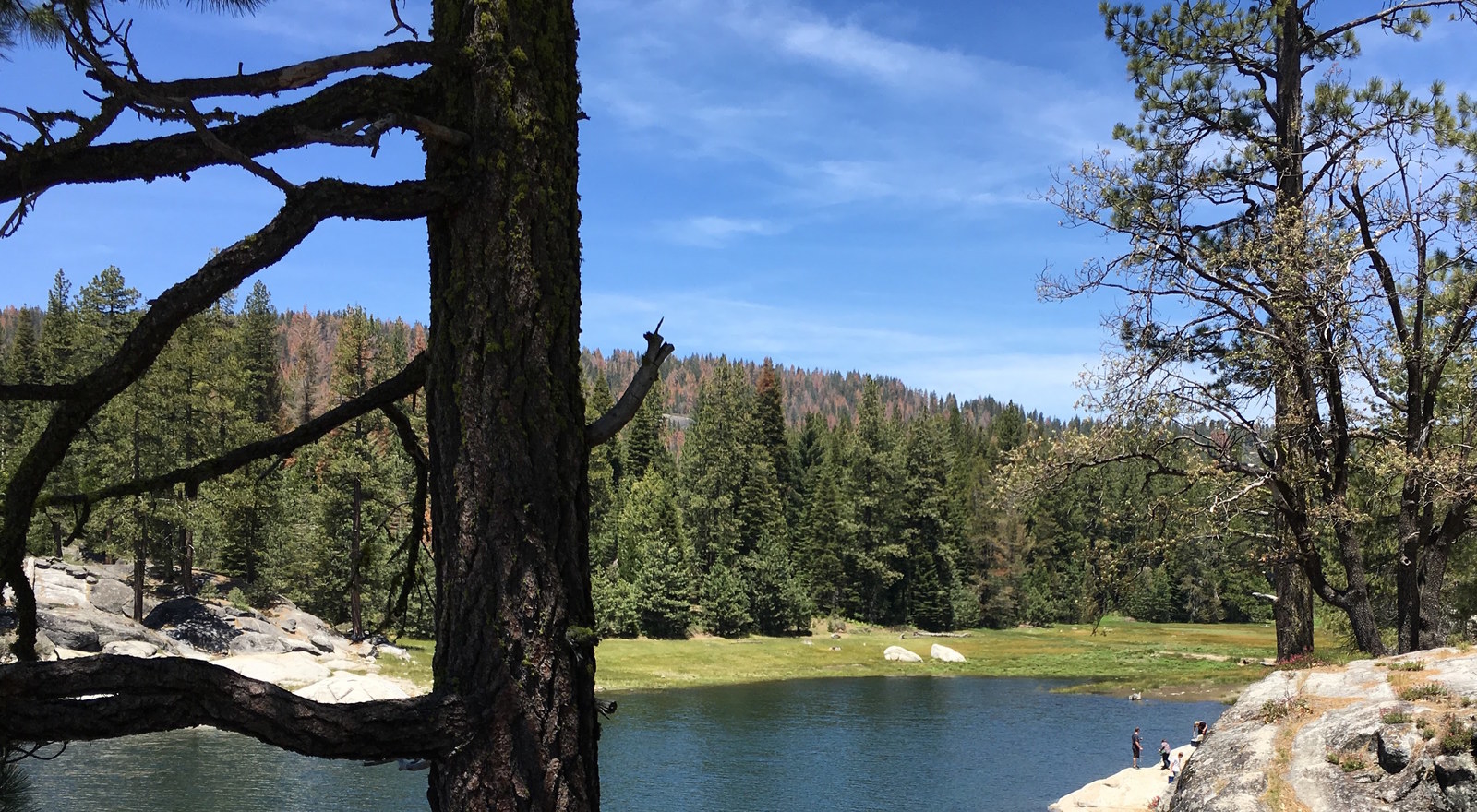
Though it's only the first week of summer, thousands of acres have already burned around California, including near homes in the Los Angeles area.
Huge tree die-offs will likely exacerbate these conditions. Vilsack said die-offs "increase the risk of catastrophic wildfires that puts property and lives at risk." Dead, fallen trees "potentially burn longer and hotter, damaging soils and adversely affecting the site in the long-term," the Forest Service said.
Last fall, after Brown declared an emergency, NASA climatologist Bill Patzert told BuzzFeed News wildfires tearing through dead trees burn especially "fast and furious" compared with fires in healthy forests.
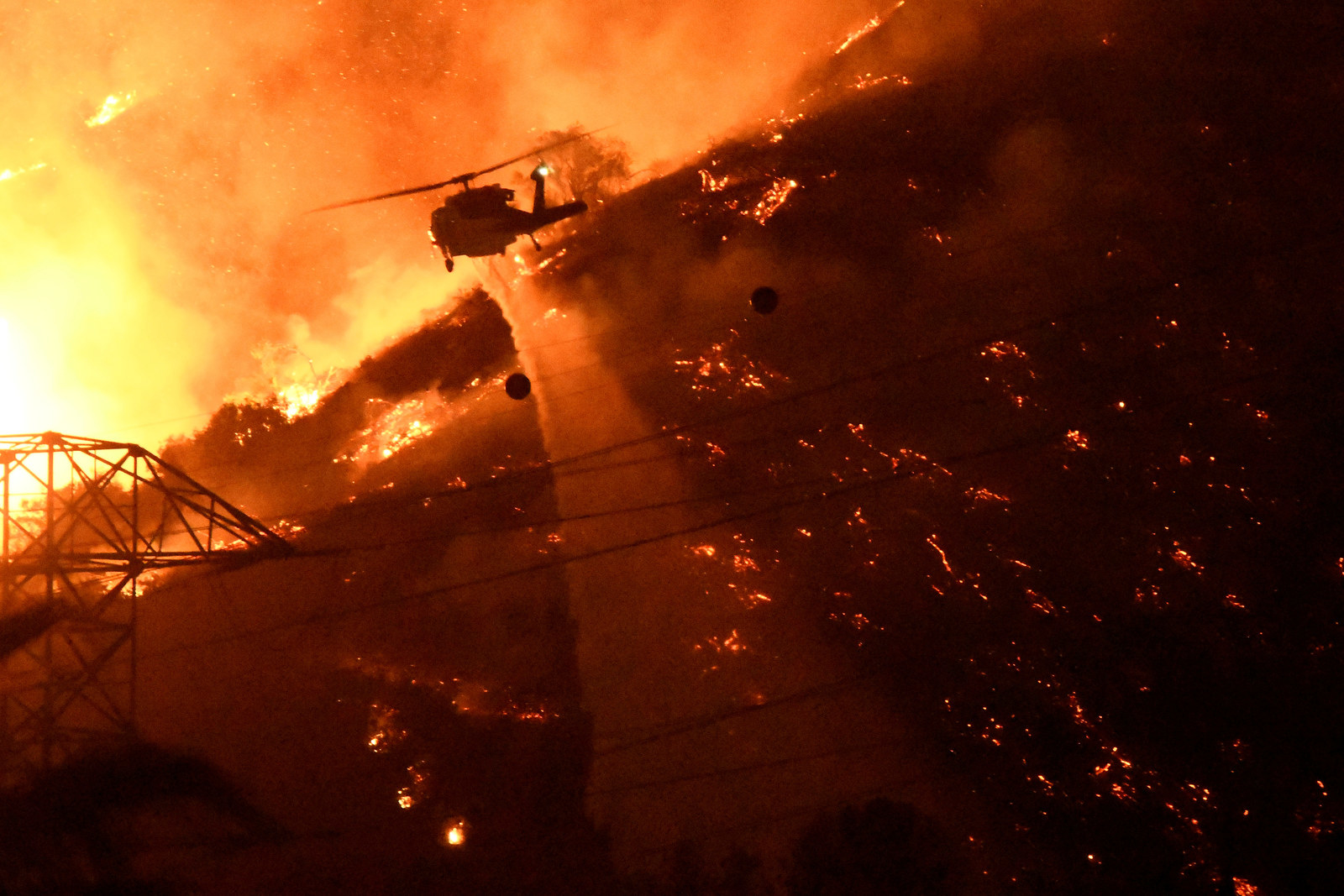
Bigger, more devastating wildfires also have significant financial consequences. Last year, the Forest Service spent 56% of its total budget fighting fires, according to its statement Wednesday. In one week alone, it spent nearly a quarter of a billion dollars, and the agency ultimately used up all of it's firefighting funds by late summer — long before the fire season typically ends.
The financial costs of battling these blazes have prompted both prevention and tree cutting programs, as well as calls to reform the way firefighting is funded.
In the meantime, officials will continue watching the forests to see if they recover, but Das said things may never look the same, particularly at lower elevations.
"Some of it might get converted to shrub lands," he said. "So the short answer is yes they can recover, but what will they recover to?"

